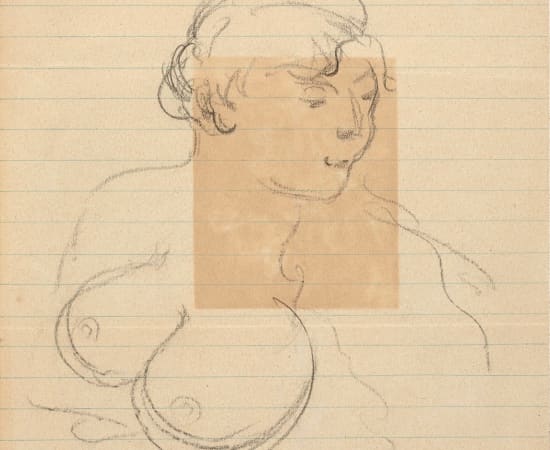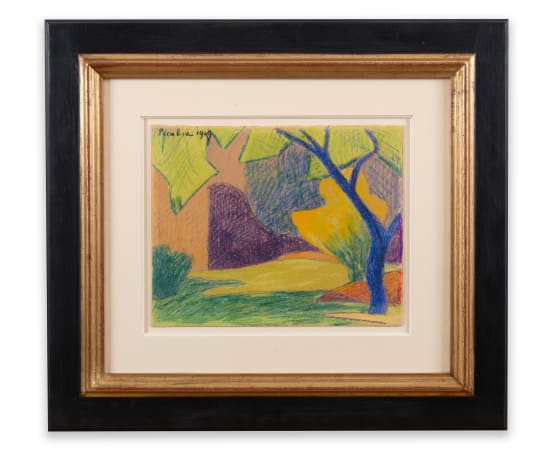Francis Picabia (1879-1953) French
Works
Biography
Francis Picabia was born in France in 1989, the son of a French mother and a Cuban father who was a diplomat. Picabia is known as an illustrator, designer, writer, and editor. His art career is notable for his inventiveness, adaptability, absurdist humor, and disconcerting changes of style.
One remarkable aspect of Picabia’s work was his ability to change styles, which he did numerous times, and had success in each. He made significant contributions to, and in some cases aided in the growth of, Cubism, Dada, Surrealism, and Orphism.
Picabia began his career by studying at the École des Arts Décoratifs from 1895 until 1897. For the first few years, he was heavily influenced by Impressionism and especially by the works of Alfred Sisley.
One of his more successful style changes occurred in 1909 when he adopted the Cubist style. Picabia, along with Marcel Duchamp, founded the Section d’Or in 1911. The group met regularly in the Parisian suburbs. Through their works and exhibitions, the group aided in bringing Cubism to the attention of the public and were among the largest exhibitions of Cubist works prior to World War I.
Picabia combined Cubism with Orphism, which added a more lyrical quality. His ‘I See Again in Memory My Dear Udnie’ along with ‘Edtaonisl’ are famous examples from this period. Shortly afterward, Picabia moved entirely to Orphism and created works that featured softer shapes and colors.
In 1915 Picabia moved to New York. Once there and again working with Duchamp, Picabia began to develop what became known as the American version of Dada. By 1916, he had completely abandoned Cubism. His images were of satiric, machinelike contrivances. Picabia’s drawing Universal Prostitution and his painting Amorous Procession are standout works from his Dadaist period and were shocking satires of bourgeois values.
Picabia returned to Europe in 1916 and continued to work in the Dadaist style and movements. He also founded his own satiric journal 391.
Picabia renounced Dadaism in 1921, stating it no longer had the capacity to shock audiences. He experimented with various techniques. By 1945, Picabia was again living in Paris. He continued to work until his death in 1953, mostly in the Abstract style.
Picabia’s artwork is highly desirable, and Bailly Gallery is pleased to offer Picabia paintings and drawings for sale. The gallery will gladly arrange appointments for private viewings as well as welcome interested enthusiasts to the gallery to view the works available. Contact the gallery to arrange an appointment or to obtain information on his artworks.
Enquire







